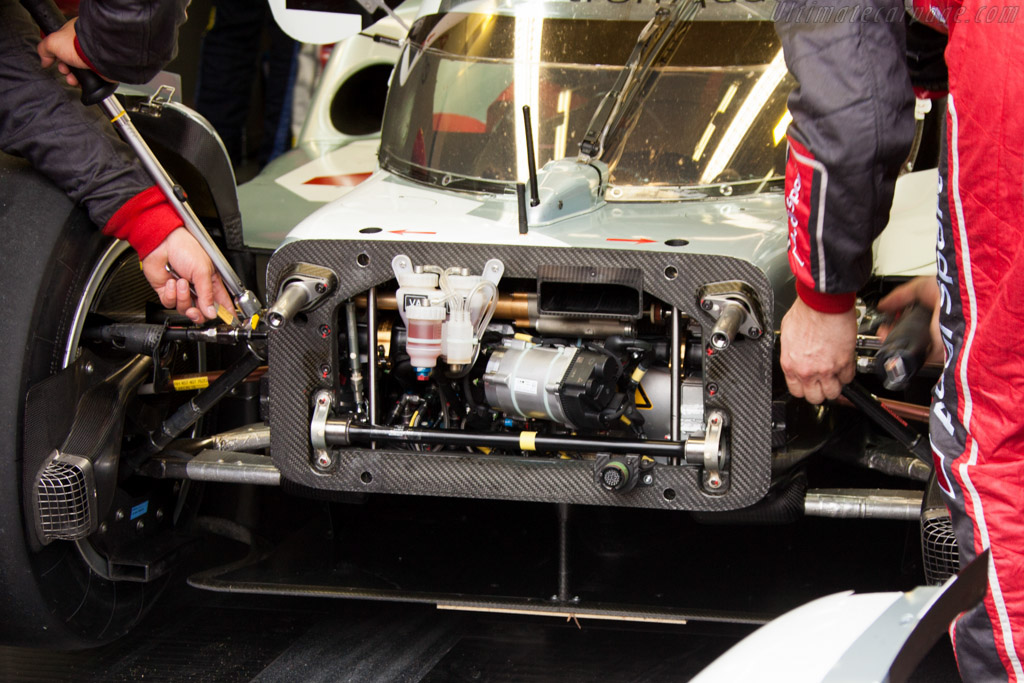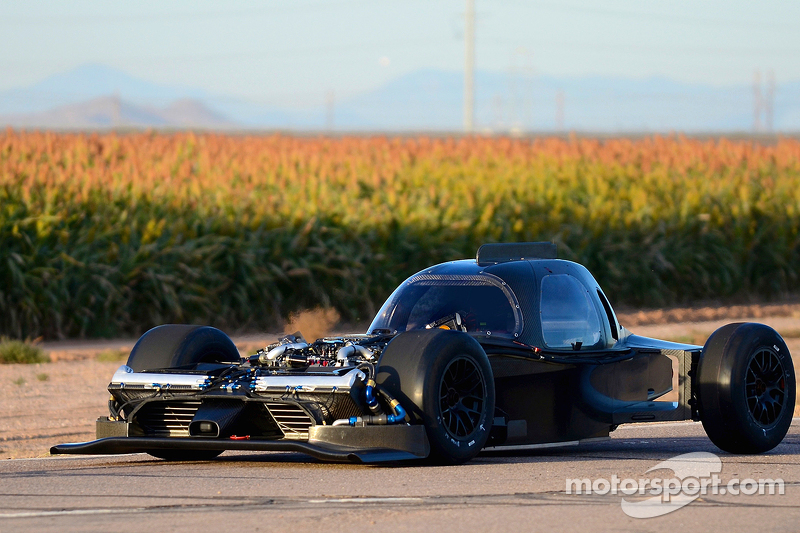DaveKillens wrote:Diffusers deliver a great percentage of the total downforce for a Formula One, or LMP car. Wings are nice, but diffusers are much better.
What is the best way to extract the air from the diffuser, dump it out the sides where there is some negative pressure but a lot of turbulence, or duct it to the very rear where it is subjected to very low air pressures?
There is almost no turbulence on the sides of the cars(from CFDs I have seen) whereas there will be some on the back.
Blanchimont wrote:machin wrote:The question is; do those nice clear tunnels running to the back of the car make up for what appears (to me at least) to be a smaller front diffuser volume....? I certainly don't know but am fascinated to find out!
For me the important thing is the expansion ratio of the diffuser, not so much the cross section at the front. If cross_section_front/cross_section_rear is big enough(what it seems to be), then the pressure should be low at the front axle part. Let's hope Nissan is that open to publish some aero figures and CFD results in the future.
My take on the discussion of GT-R LM front diffuser is that it will likely either failure massively or start a trend.
Reasons: There is quite a big cross section at that diffuser exit but the "mouth" feeding it provides space for much reduced air volume to enter the channel/duct system. From my experience,(studying it at college and the many fluid dynamics books read since, plus CFD and wind tunnel results that I have seen) there is quite a good chance that this will, at least partially, stall(air will not flow within the ducts but rather get's stucked in there) it and the downforce will be very small.
Plus, because the mouth is also the same for the rear diffuser(which is just under the frontal one and effectivelly both being just one giant diffuser supposed to generate downforce at both axles), the air entering the frontal underside of the car also needs to flow to the rear diffuser in order to not stall it.
I think there is just too much of a difference between the amount of air that get's through the "entrance" and the "exit", of the whole underbody channels, in order for it not to stall. BUT, maybe I'm wrong, as maybe(don't remember exactly now) the ground effect cars had that big difference too and it worked.
To increase their odds, I think it's better for them to do all they can to blow in that ducts, as exhaust gases, at very high speeds, can help push/expel all that air out.
If they get it flowing, it will generate
very big downforce levels because the air will be moving at much higher speed(compared to the competitors' solution) as it would need to do so, in order to fill the gap of that bigger exits, once relatively little air get's in.











